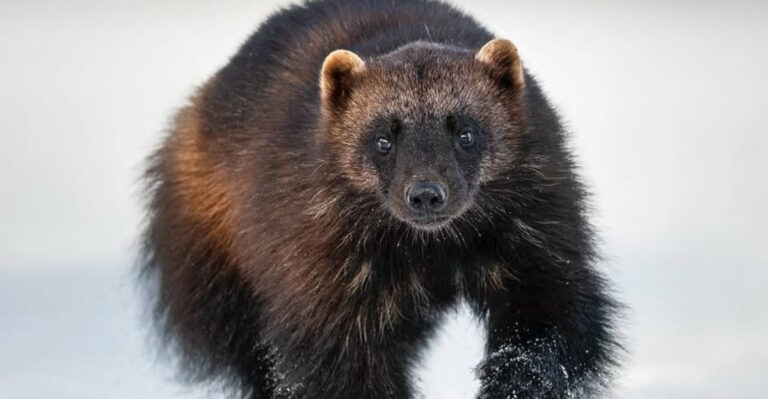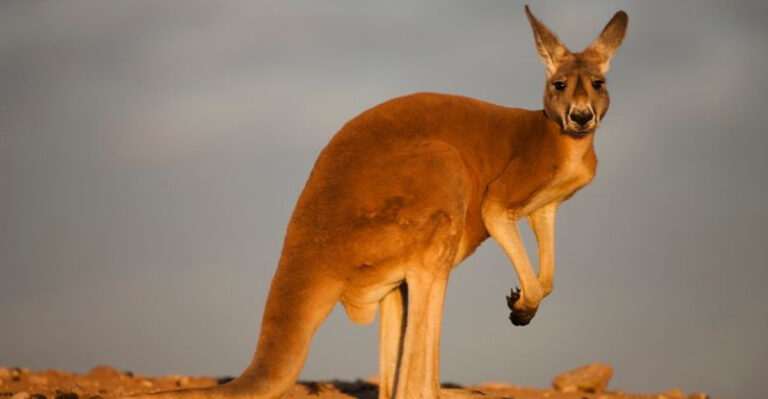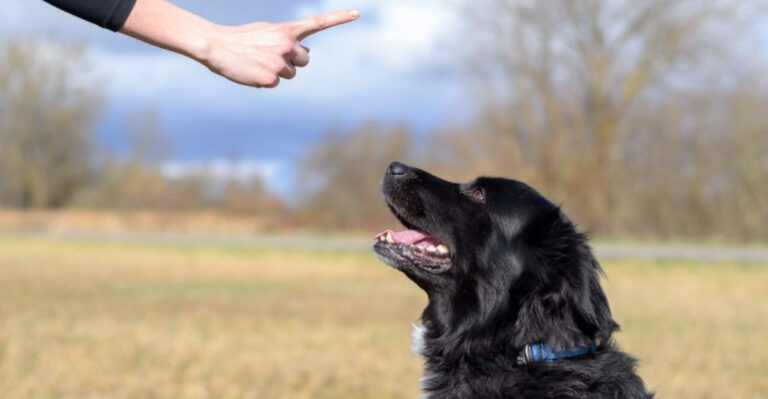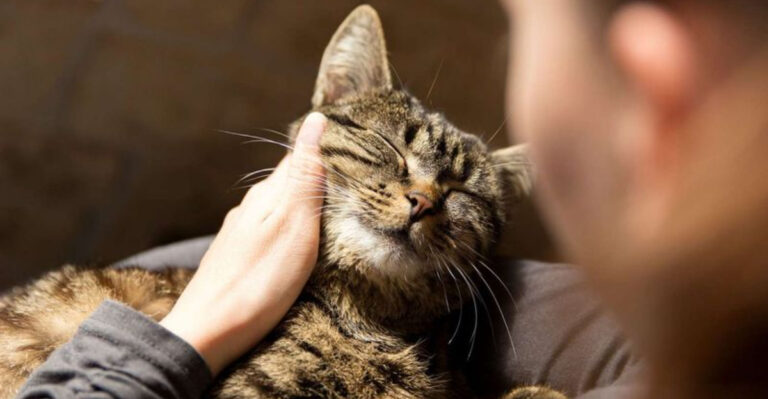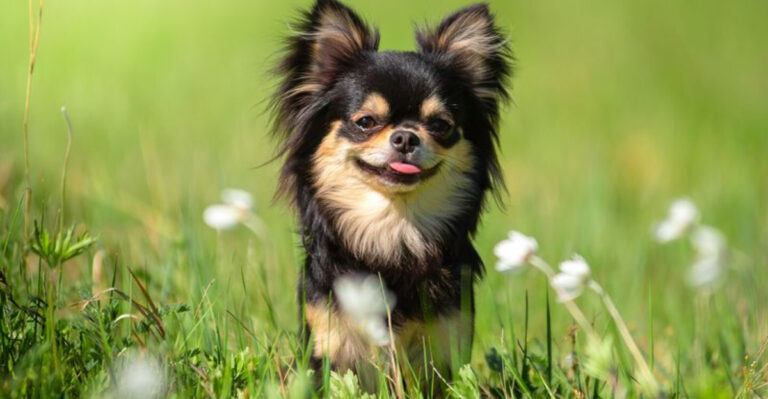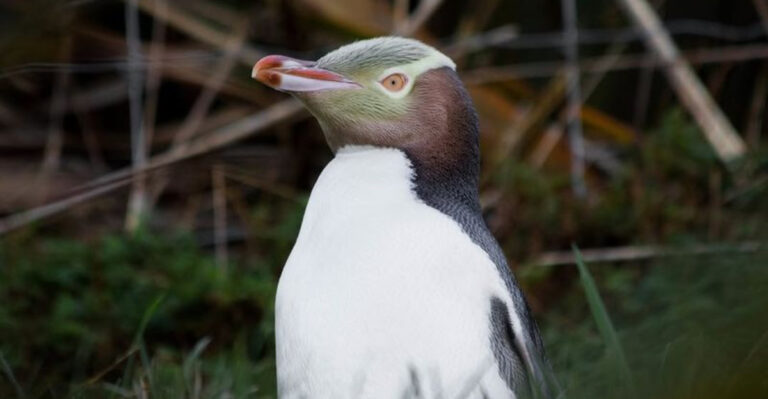10 Breathtaking Horse Colors And Patterns (And 5 Rare Patterns You’ve Never Seen)
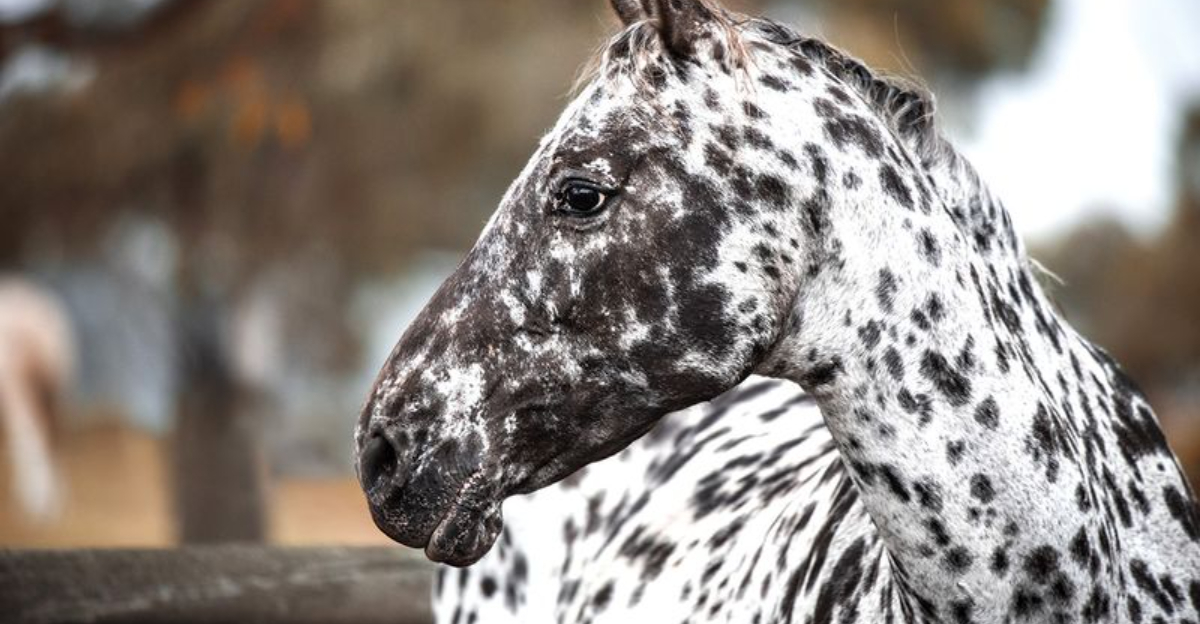
Horses come in a dazzling array of colors and patterns that can take your breath away. From the golden gleam of a Palomino to the spotted charm of an Appaloosa, these magnificent animals showcase nature’s artistic talent.
Let’s explore stunning horse colors you might recognize, plus some rare patterns that will make your jaw drop!
1. Palomino
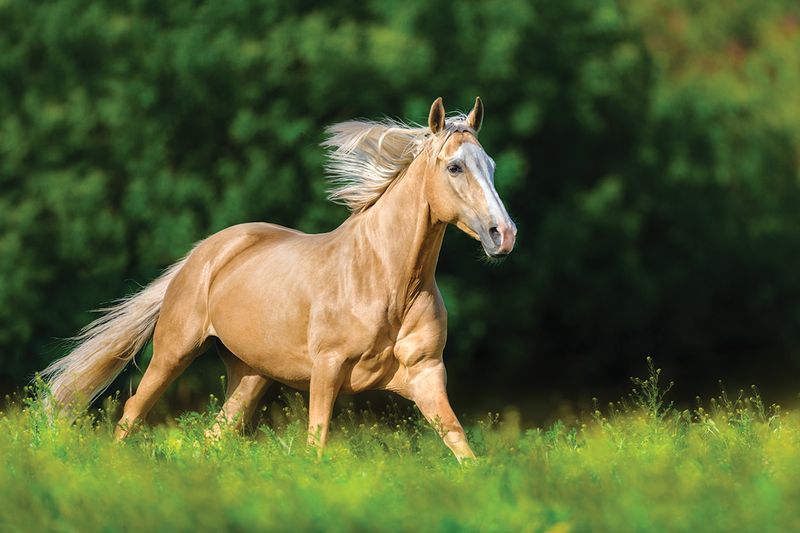
Sunshine captured in horse form! Palominos glow with their golden coats and flowing ivory manes and tails that shimmer in the light. These golden beauties aren’t actually a breed, but a color that occurs in many different horse breeds.
The perfect Palomino has a coat like a newly minted gold coin and a mane that looks like spun silver. No wonder they’ve been favored by royalty and movie stars throughout history!
2. Dun
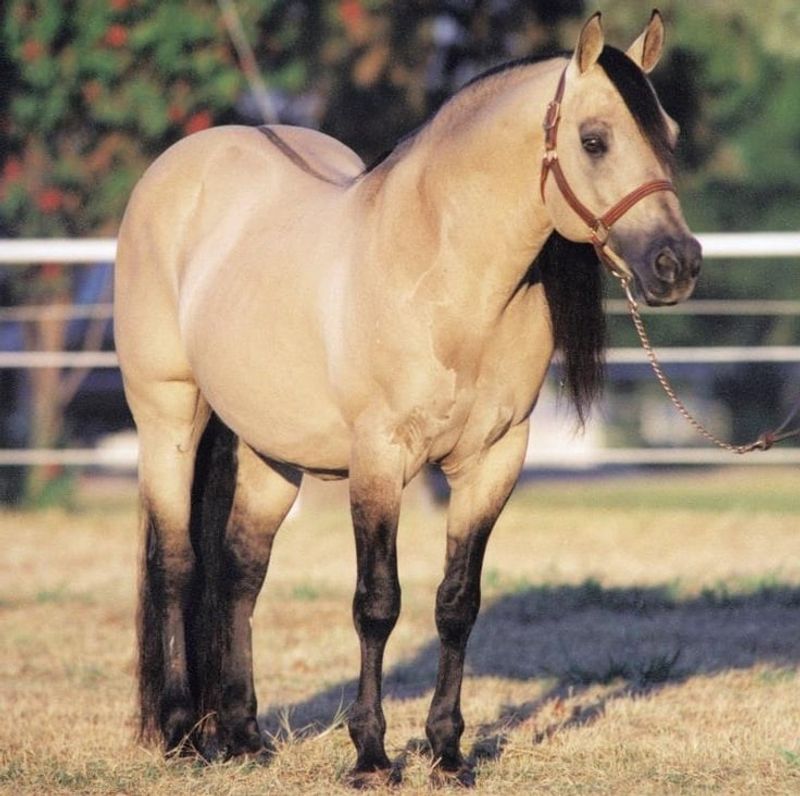
Cowboys’ favorite! Dun horses sport a sandy or golden coat with a striking dark stripe running down their spine like a racing stripe on a sports car. This primitive marking, called a ‘dorsal stripe,’ is joined by zebra-like stripes on their legs.
Many wild horses display this coloration, which served as natural camouflage in ancient grasslands. The dun gene is actually one of the oldest color patterns in equine history!
3. Chestnut
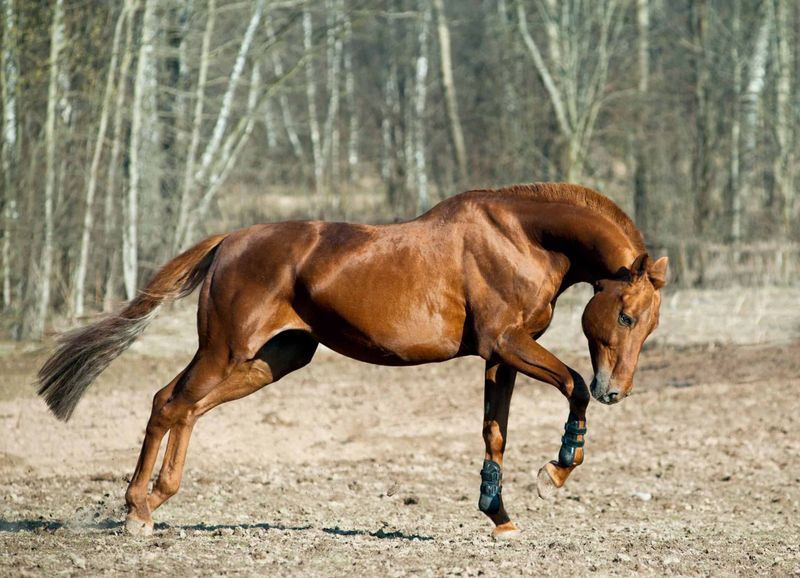
Autumn leaves come to life in the rich, warm coat of a chestnut horse. These copper-colored beauties range from light cinnamon to deep mahogany, sometimes sporting flaxen manes that create a stunning contrast.
Chestnut is one of the most common horse colors worldwide. The reddish hue comes from a special gene that affects how the horse produces color pigments. When sunlight hits a chestnut horse just right, they seem to glow from within!
4. Bay
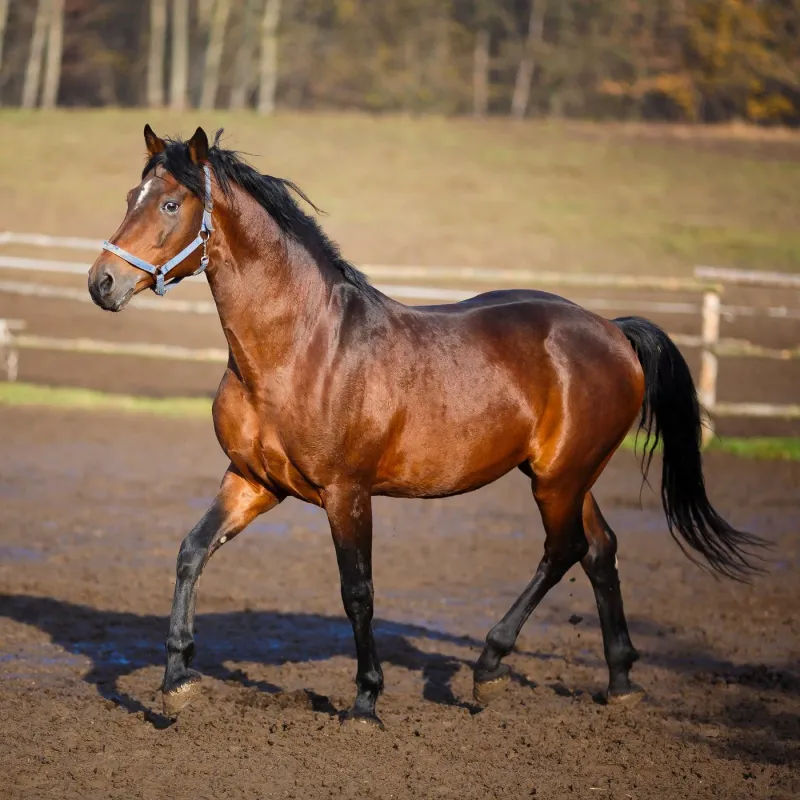
Classic and regal, bay horses capture the essence of what many people picture when thinking of horses. Their rich, reddish-brown bodies create a striking canvas for their black ‘points’ – the mane, tail, ear edges, and lower legs.
This color combination results from a specific genetic recipe that creates the dramatic contrast. Bay horses appear in countless paintings throughout history, often carrying knights or nobility into battle or royal ceremonies.
5. Appaloosa
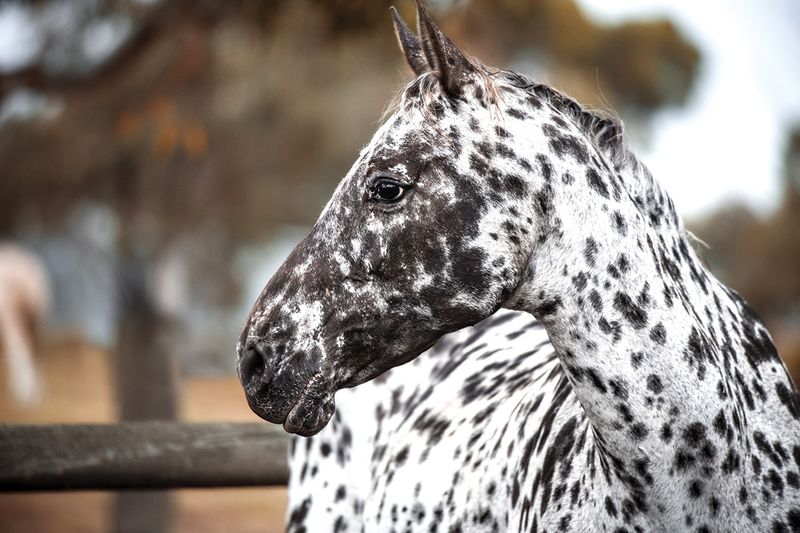
Imagine a horse wearing a starry night sky on its coat! Appaloosas flaunt distinctive spotted patterns that range from tiny polka dots to large, irregular patches scattered across their bodies.
Originally bred by the Nez Perce tribe, these horses aren’t just pretty—they’re tough and intelligent too. Each Appaloosa has a unique pattern, like a fingerprint that tells its own special story.
6. Cremello
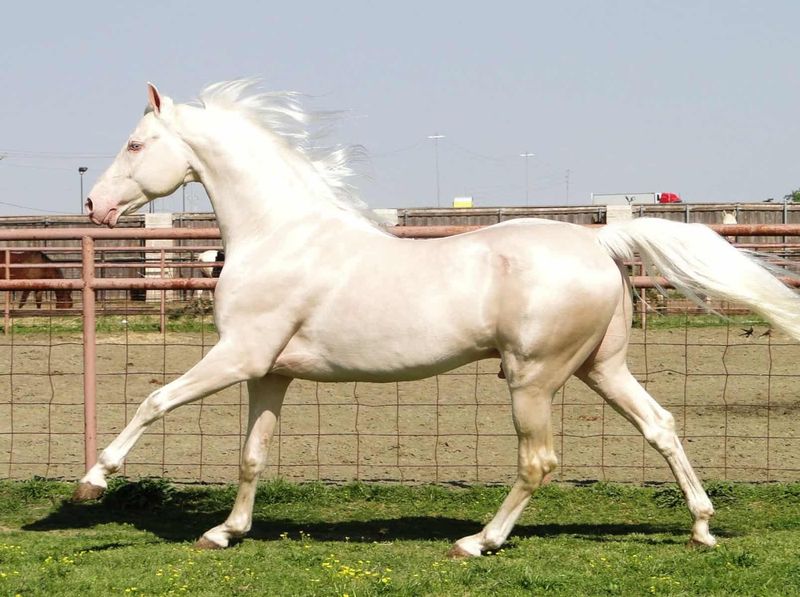
Ghost-like and ethereal, cremellos appear almost magical with their cream-colored coats and striking blue eyes that seem to peer into your soul. Often mistaken for albinos, these horses actually have pigment – just very diluted!
Their skin is pink and their eyes are blue because of a double dose of the cream gene. In bright sunlight, cremellos almost seem to glow with an inner light, creating a truly otherworldly appearance.
7. Buckskin
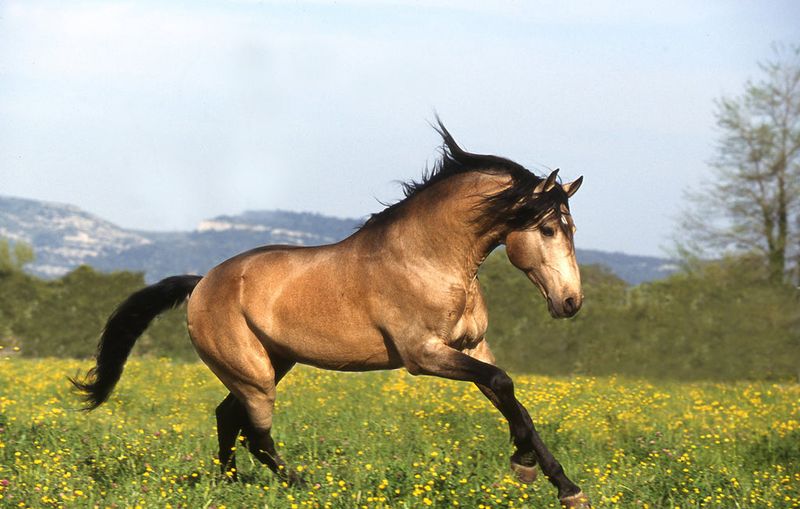
Straight out of a Western movie, buckskins sport golden bodies with striking black points that give them an unmistakable silhouette. Think of them as bay horses with a golden twist!
The buckskin’s distinctive coloring comes from a cream gene acting on a bay base. These horses were particularly prized by cavalry units and cowboys for their hardiness and distinctive looks that stood out on the range.
8. Grey
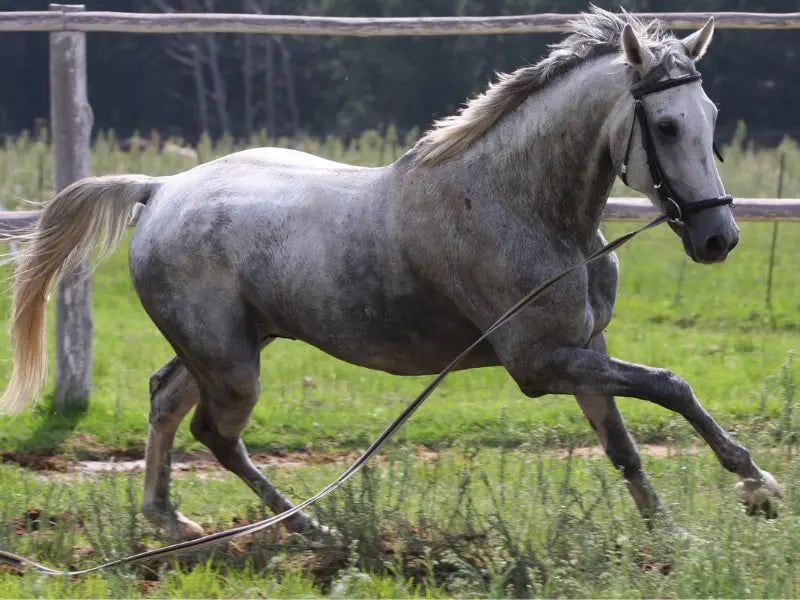
Nature’s time-lapse photography! Grey horses are born dark – black, bay, or chestnut – and gradually lighten throughout their lives until they appear almost white. This fascinating transformation happens as white hairs progressively replace colored ones.
Many grey horses develop distinctive dappling patterns during their color change journey. The most famous grey horses include the Lipizzaners of the Spanish Riding School, who perform with snow-white coats that took years to develop.
9. Overo Paint
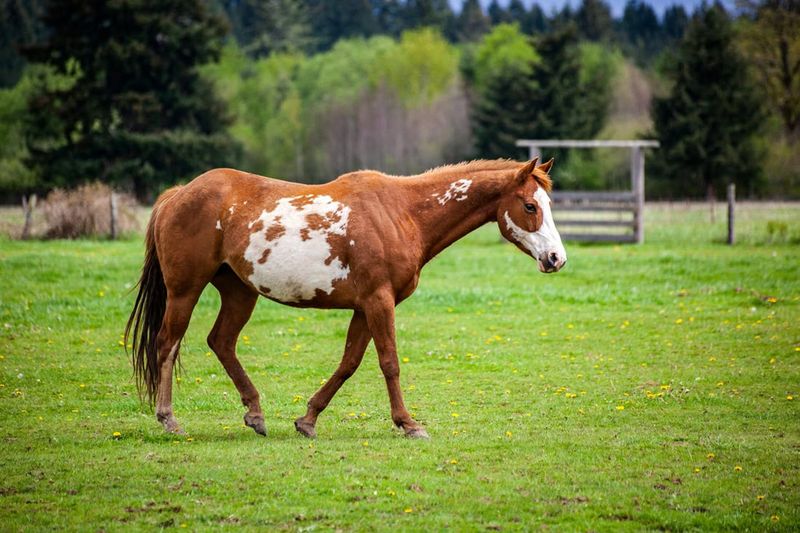
Walking canvases of nature’s artistry, Overo Paints showcase irregular splashes of white that never cross the horse’s back. This creates a side-based pattern with jagged, scattered edges that can include blue eyes or white faces.
The name “overo” comes from Spanish, meaning “like an egg.” These horses often have dark legs and backs with white bellies – as if someone splashed white paint upward from below, creating a truly eye-catching equine masterpiece.
10. Tobiano Paint
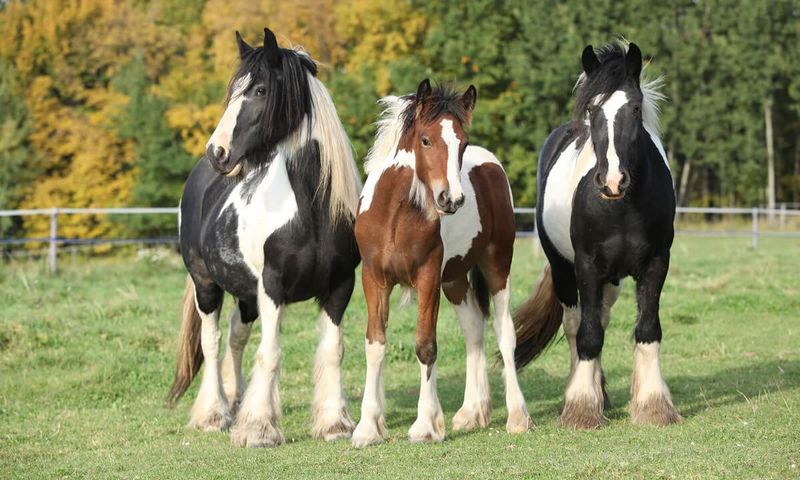
Bold and dramatic, Tobianos look like they’re wearing white jackets over colored bodies! Their distinctive pattern features crisp-edged white patches that typically cross the back between the withers and tail, creating a striking silhouette.
Unlike their Overo cousins, Tobianos usually have dark heads with possible white facial markings. Their legs are often white below the knees and hocks, giving them a flashy appearance that turns heads wherever they go.
11. Rabicano
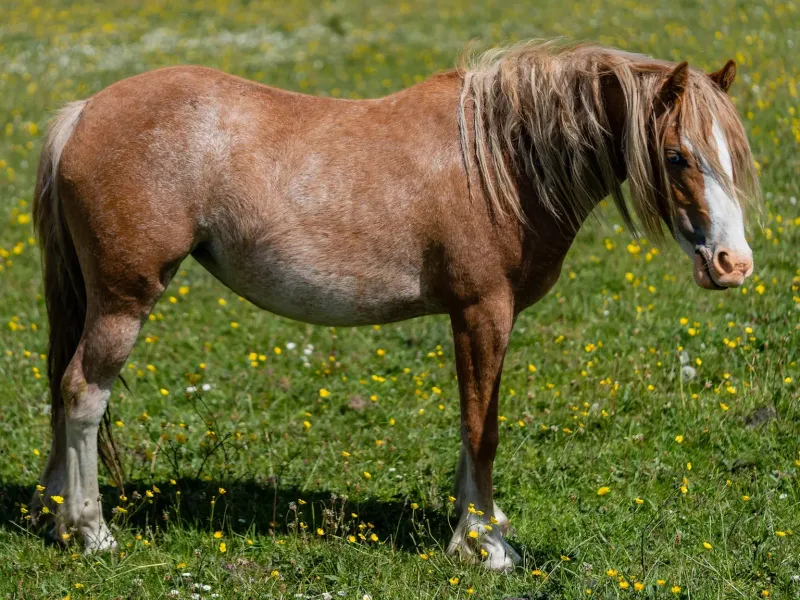
Subtle yet mysterious, the Rabicano pattern creates a scattered sprinkling of white hairs along the horse’s flanks and base of the tail. This creates what horsemen call a “skunk tail” – dark with a striking streak of white hairs shooting through it.
Unlike true roan horses, Rabicanos concentrate their white hairs in specific areas rather than evenly throughout the coat. This pattern can appear on any base color, adding a touch of magic to otherwise ordinary coats.
12. Brindle
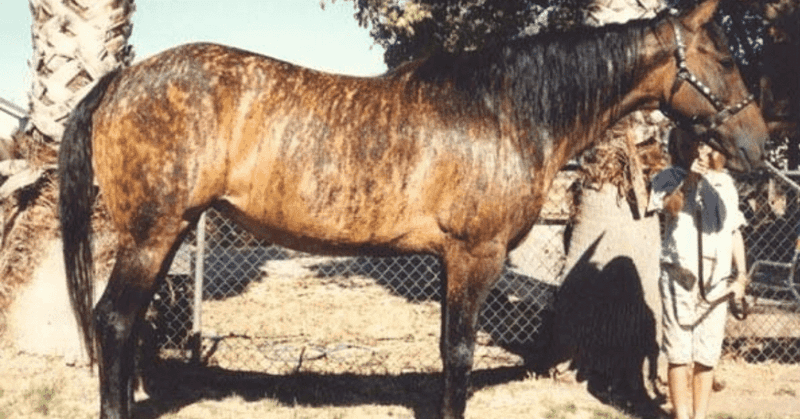
The unicorns of the horse world! Brindle horses display tiger-like stripes that ripple across their bodies in vertical patterns. This extraordinarily rare pattern occurs in fewer than a dozen documented horses worldwide.
Scientists believe true equine brindling might be caused by chimerism – where two embryos fuse early in development. The result is a horse that looks like it stepped out of a fantasy novel, with stripes that seem painted by an artist’s brush.
13. Splash White
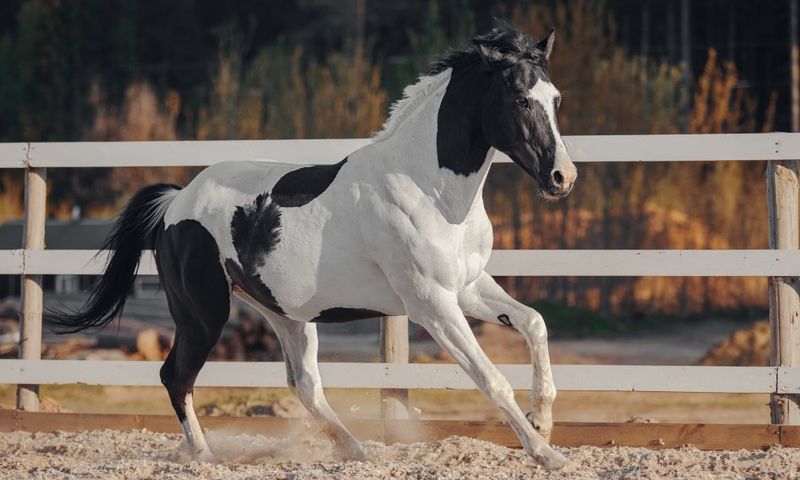
Imagine a horse that looks like it waded through white paint! Splash White horses have horizontal white markings that appear as if someone splashed white paint from below, often resulting in blue eyes and white faces.
This pattern creates a bottom-heavy appearance, with white legs and bellies. Splash White is actually caused by a specific gene that’s being studied for its connection to deafness in some horses – making these beauties as scientifically interesting as they are visually striking.
14. Pinto
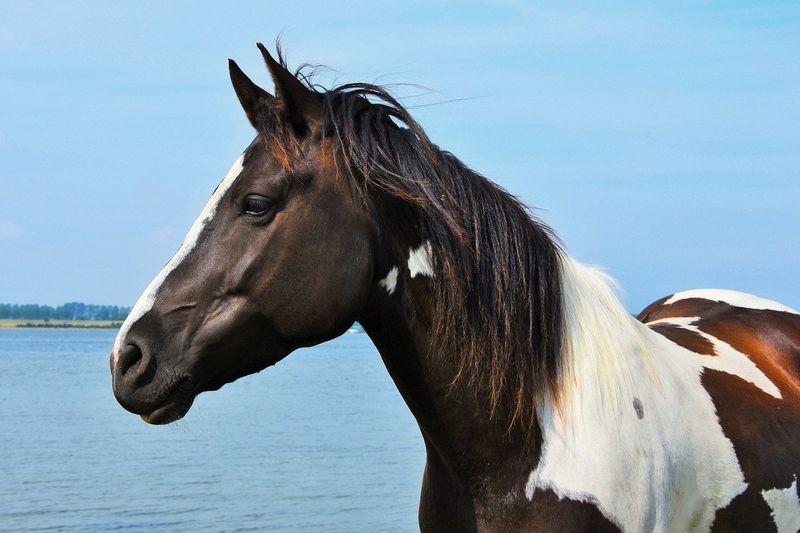
Walking masterpieces of contrast, Pintos showcase dramatic patches of white against dark base colors. Unlike paints, which are a specific breed, “pinto” refers to any horse with these distinctive patches, regardless of breed.
Native Americans prized these patterned horses for their visibility across distances. The bold patchwork makes each Pinto uniquely identifiable – no two have exactly the same pattern, making them living works of natural art.
15. Silver Dapple
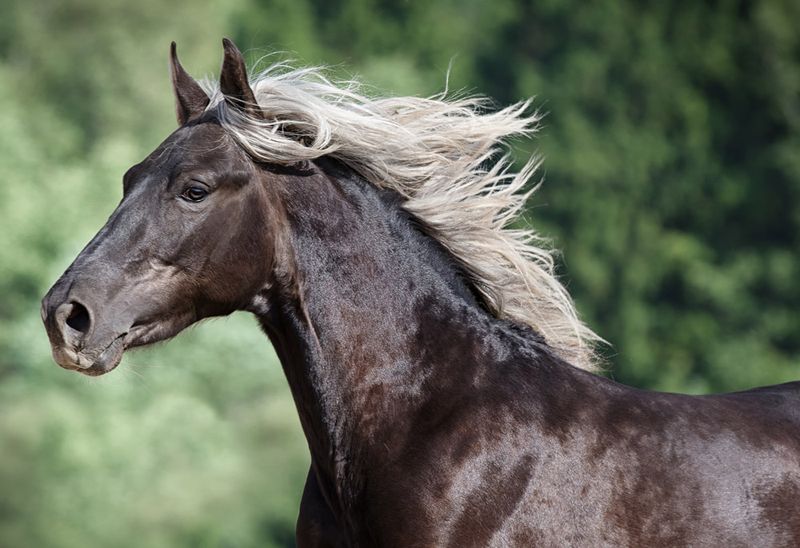
Magical moonlight captured in horsehair! Silver Dapples have a gene that transforms black manes and tails into flaxen or silver-white while lightening the body to a chocolate or taupe color with dappling effects.
Most common in breeds like the Rocky Mountain Horse, this pattern creates an almost metallic sheen. The silver gene only affects black pigment, so a chestnut horse with the silver gene won’t show the effect – one of nature’s fascinating color secrets!

